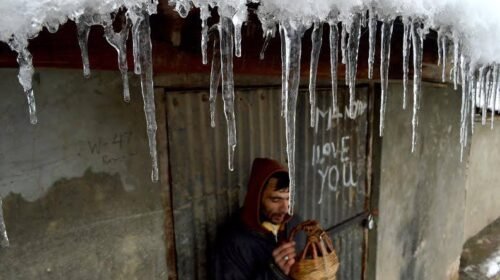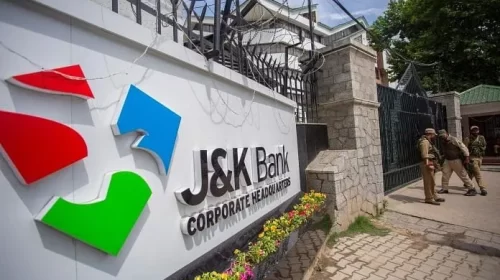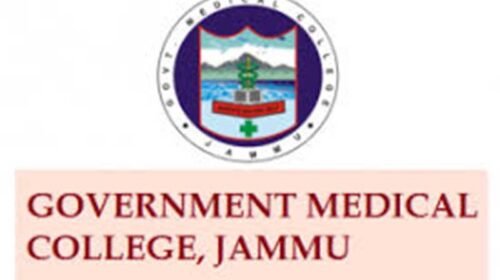Jammu and Kashmir administration has initiated a C-section audit in the healthcare setups cracking down on the rampant practice of Cesarean deliveries in the Union Territory.
In India the average of C-section is 15-20 percent.
However, C-section is highest in Jammu and Kashmir. According to the National Health Family Survey 5, C-section procedures have seen a jump of over 60-70 percent.
In some blocks like Pulwama, the percentage even touches 80.
| Install Our App | DOWNLOAD |
| Join Telegram Channel | JOIN NOW |
| Join Facebook Group | JOIN NOW |
| Subscribe YouTube Channel | SUBSCRIBE |
| Follow On Twitter | FOLLOW |
| Follow On Instagram | FOLLOW |
A C-section is a surgical procedure used to deliver a baby through incisions in the abdomen and uterus. According to the guidelines laid down by the World Health Organization (WHO), the procedure should only be used in complicated pregnancies.
Figures suggest that tertiary care hospitals in the valley account for 45 to 50 percent of C-section deliveries.
For instance, the lone maternity hospital of the valley, Lal Ded shows 54 percent, while SMHS Hospital, Srinagar indicates 50 percent of C-section deliveries.
The scenario is even worrisome for the private hospitals where the percentage stands at 100.
Project Manager National Health Mission Dr. Qazi Haroon said they are aiming to reduce the C-section deliveries through a proper audit and communication-based strategies.
“For the audit, we are trying to dig deeper and list reasons as to why the hospitals can’t go for normal deliveries. Our target is to reduce the percentage to at least 20 and promote good health-seeking behavior in young healthy females,” Dr. Haroon said.
Further, the audit includes the submission of reports through Chief Medical Officers. “Every doctor will have to write down the formats. There are three types of formats—daily, weekly, and monthly. They will have to cite reasons and indications in these formats as to why they want to conduct the C-section on a particular pregnant female. They shall send these reports through CMOs’.”
C-section has its implications and repercussions, Dr. Haroon explained. “It can be considered a life-saving procedure that could be performed during pregnancy complications, however, it can cause significant complications, like disability or death. A child may not be healthy, feeding habits may not develop properly. Once the child is born out of normal labor, he is more of a healthy child. This type of awareness is what we are looking at.”
Dr. Harron emphasized that the audit has been initiated under the chairmanship of Mission Director, National Health Mission, Yasin M Choudhary.
“We already had two rounds of meetings. For now, our focus is on primary tertiary care hospitals like LD, SMHS, SKIMS, JLNM, and other district hospitals where we can decrease the number of C-section surgeries. Also, through our staff nurses, we are trying to inculcate behavioral change communication on the importance of normal deliveries. We are also mobilizing Asha workers for the awareness who are usually the first beneficiaries to deal with the expecting mothers,” he said.
A C-section is a surgical procedure used to deliver a baby through incisions in the abdomen and uterus.
According to the guidelines laid down by the World Health Organization (WHO), the procedure should only be used in complicated pregnancies.










